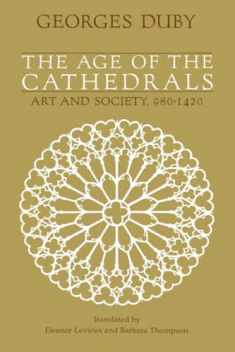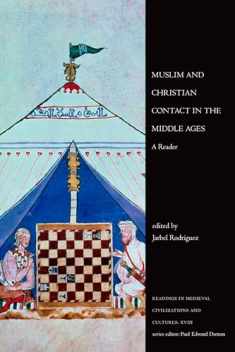
Images of the Medieval Peasant (Figurae: Reading Medieval Culture)
Book details
Summary
Description
The medieval clergy, aristocracy, and commercial classes tended to regard peasants as objects of contempt and derision. In religious writings, satires, sermons, chronicles, and artistic representations peasants often appeared as dirty, foolish, dishonest, even as subhuman or bestial. Their lowliness was commonly regarded as a natural corollary of the drudgery of their agricultural toil. Yet, at the same time, the peasantry was not viewed as “other” in the manner of other condemned groups, such as Jews, lepers, Muslims, or the imagined “monstrous races” of the East. Several crucial characteristics of the peasantry rendered it less clearly alien from the elite perspective: peasants were not a minority, their work in the fields nourished all other social orders, and, most important, they were Christians. In other respects, peasants could be regarded as meritorious by virtue of their simple life, productive work, and unjust suffering at the hands of their exploitive social superiors. Their unrewarded sacrifice and piety were also sometimes thought to place them closest to God and more likely to win salvation.


We would LOVE it if you could help us and other readers by reviewing the book
Book review





